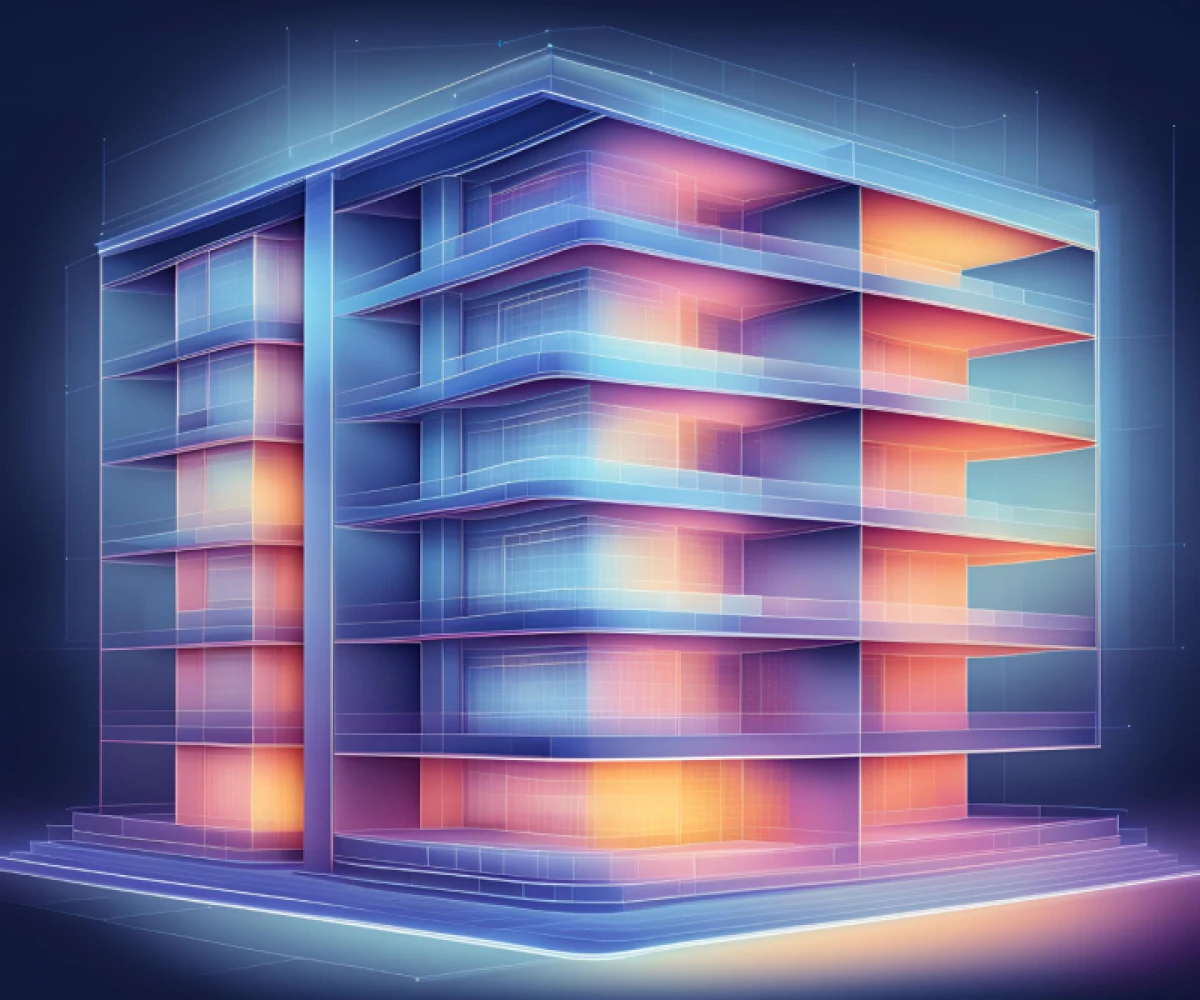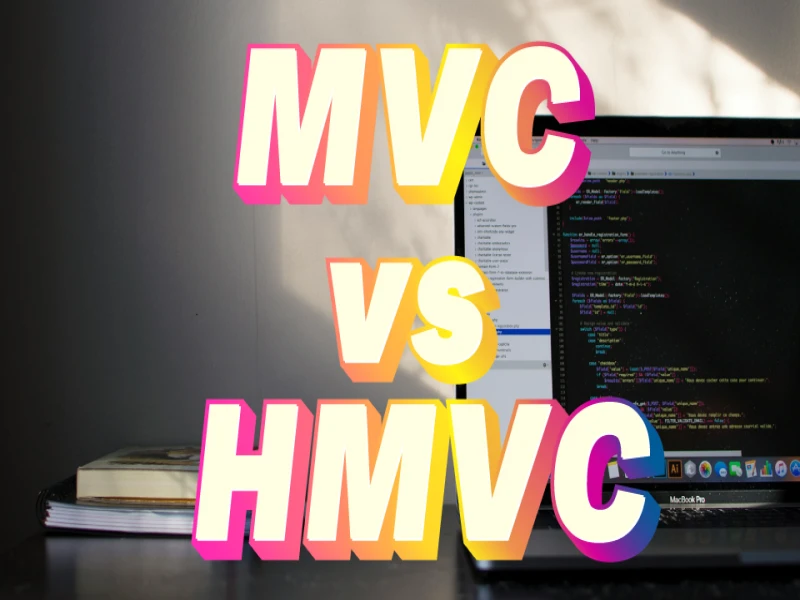
How to Choose a Web Application Architecture ?
Building with Blueprints: Web Development Architecture Patterns
Have you ever stared at a blank canvas, unsure where to begin your painting? Web development can feel the same way. While you're brimming with ideas, translating them into a well-structured, maintainable application requires a solid foundation. This is where web development architecture patterns come in!
Think of them as blueprints for your web application. They define how different parts will work together, ensuring your code is clean, easy to maintain, and adaptable as your application grows. Here's a look at some popular patterns to consider for your next project:
1. Model-View-Controller (MVC): A Classic for a Reason
The MVC pattern is a well-established favorite, separating your application into three key players:
- Model: The data powerhouse, holding your application's core data and business logic.
- View: The artist, transforming data into a user-friendly presentation (usually HTML).
- Controller: The traffic conductor, receiving user requests, interacting with the model to fetch or update data, and instructing the view on how to display it.
Use MVC when: You have a complex application with a clear division of concerns between data, logic, and presentation. MVC promotes clean, maintainable code and makes collaboration between developers and designers a breeze.
2. Microservices Architecture: Divide and Conquer
This pattern breaks down your application into smaller, independent services, each with a specific purpose. These services communicate with each other using APIs (Application Programming Interfaces), allowing them to be developed, deployed, and scaled independently.
Use Microservices when: You're building a large, complex application that needs to be highly scalable and maintainable. Microservices are perfect for applications that evolve rapidly and require frequent updates to specific functionalities.
3. Client-Server Architecture: The Traditional Powerhouse
This architecture follows a familiar structure: a client application (like a web browser) interacts with a server application to retrieve and process data. The server does the heavy lifting, while the client displays the information.
Use Client-Server when: You have a simple application where most of the processing happens on the server. This architecture is also ideal for real-time applications where data needs constant updates between the client and server.
4. API-first Architecture: Design Once, Use Everywhere
This approach flips the script. Instead of building the user interface first, you design a well-defined API that acts as the central component. Both the client application and other services can interact with this API.
Use API-first Architecture when: You're building an application that integrates with various services or platforms. This architecture promotes code reusability and a consistent user experience across different devices and platforms.
Remember, the best architecture pattern depends on your specific project needs. Consider factors like complexity, scalability, maintainability, and performance before making your choice. With the right blueprint in hand, you'll be well on your way to building a web application that's both beautiful and functional!


